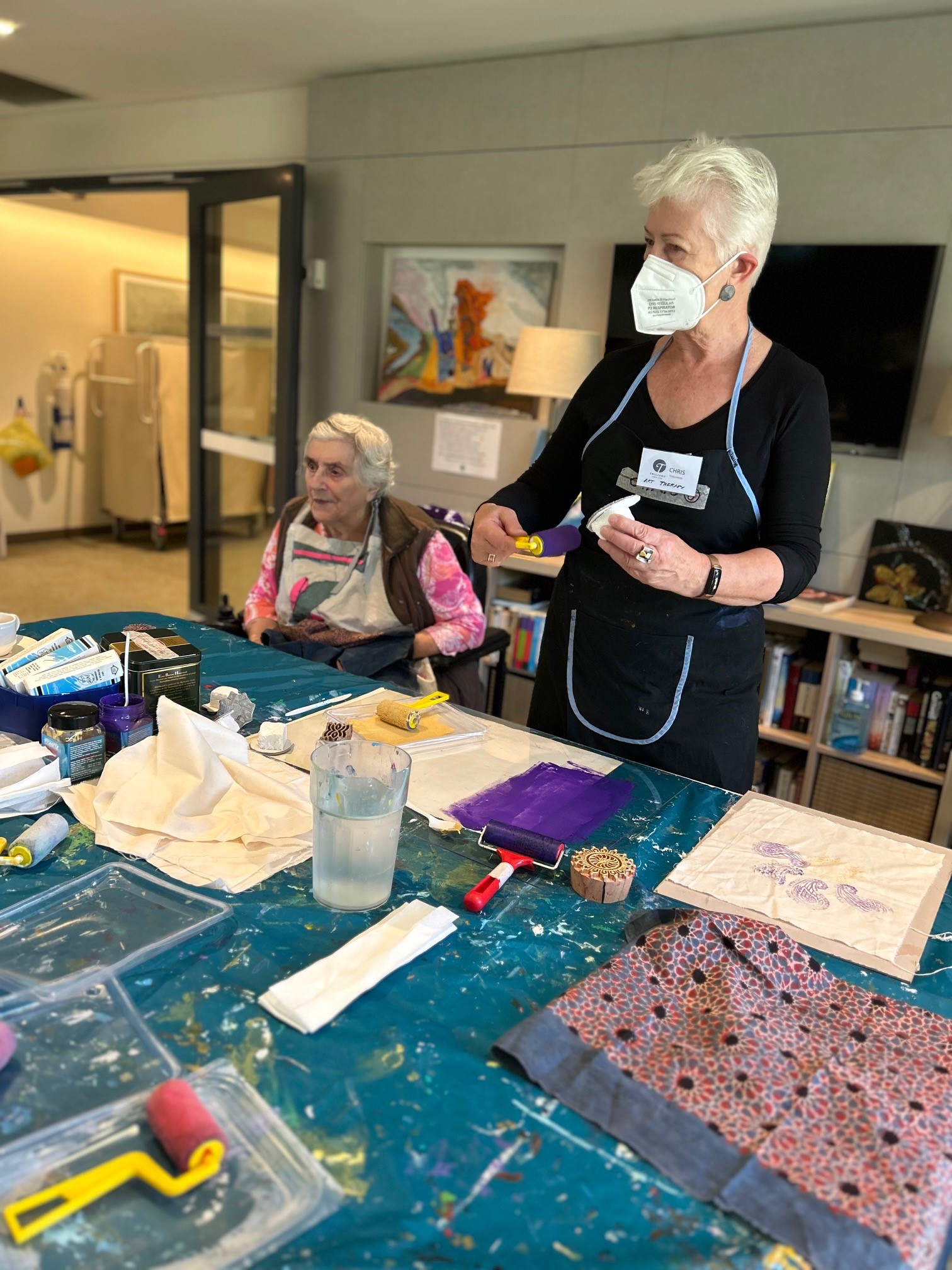
Home is where the Art Is
HOME IS WHERE THE ART IS Art therapy has emerged as a powerful tool for…

HOME IS WHERE THE ART IS Art therapy has emerged as a powerful tool for…

TWILIGHT DEMENTIA SPECIALIST APPOINTED TO INTERNATIONAL CAREGIVERS ASSOCIATION ADVISORY BOARD FOR PEOPLE LIVING WITH DEMENTIA…
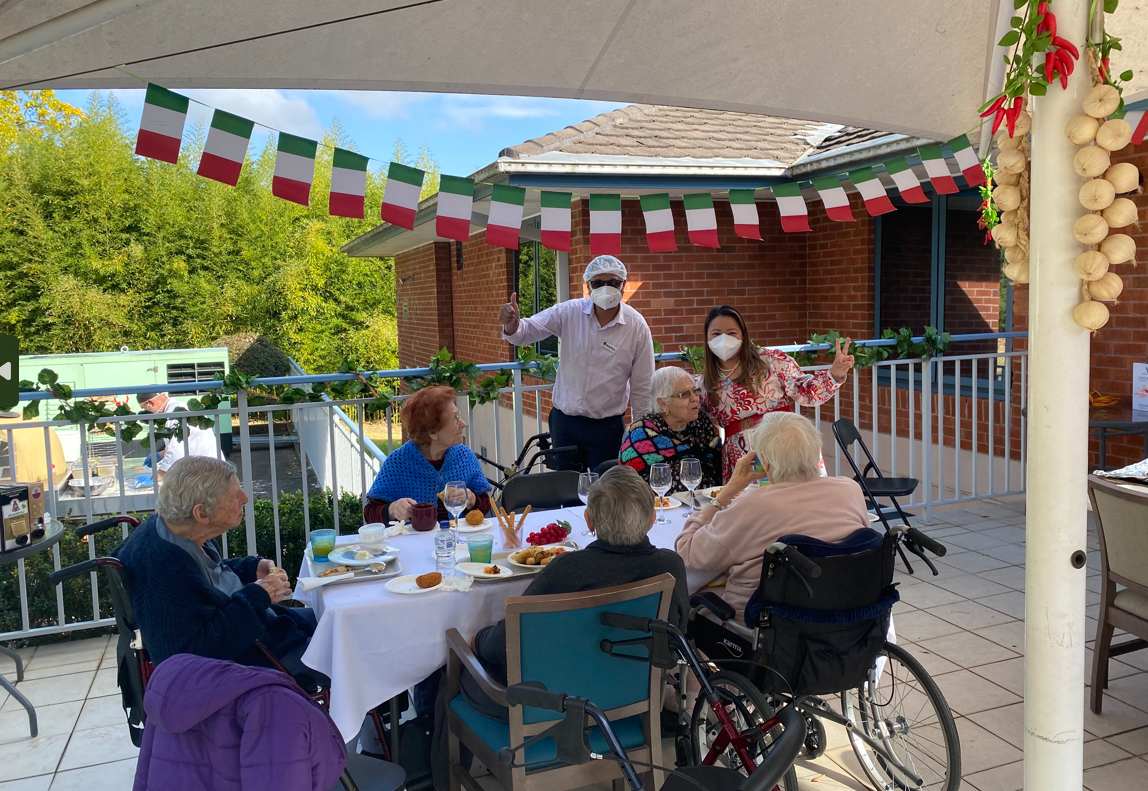
TWILIGHT WELCOMES LADY OF GRACE, NOW GRACE GARDENS, TO THE FAMILY! In April 2023, well-known…
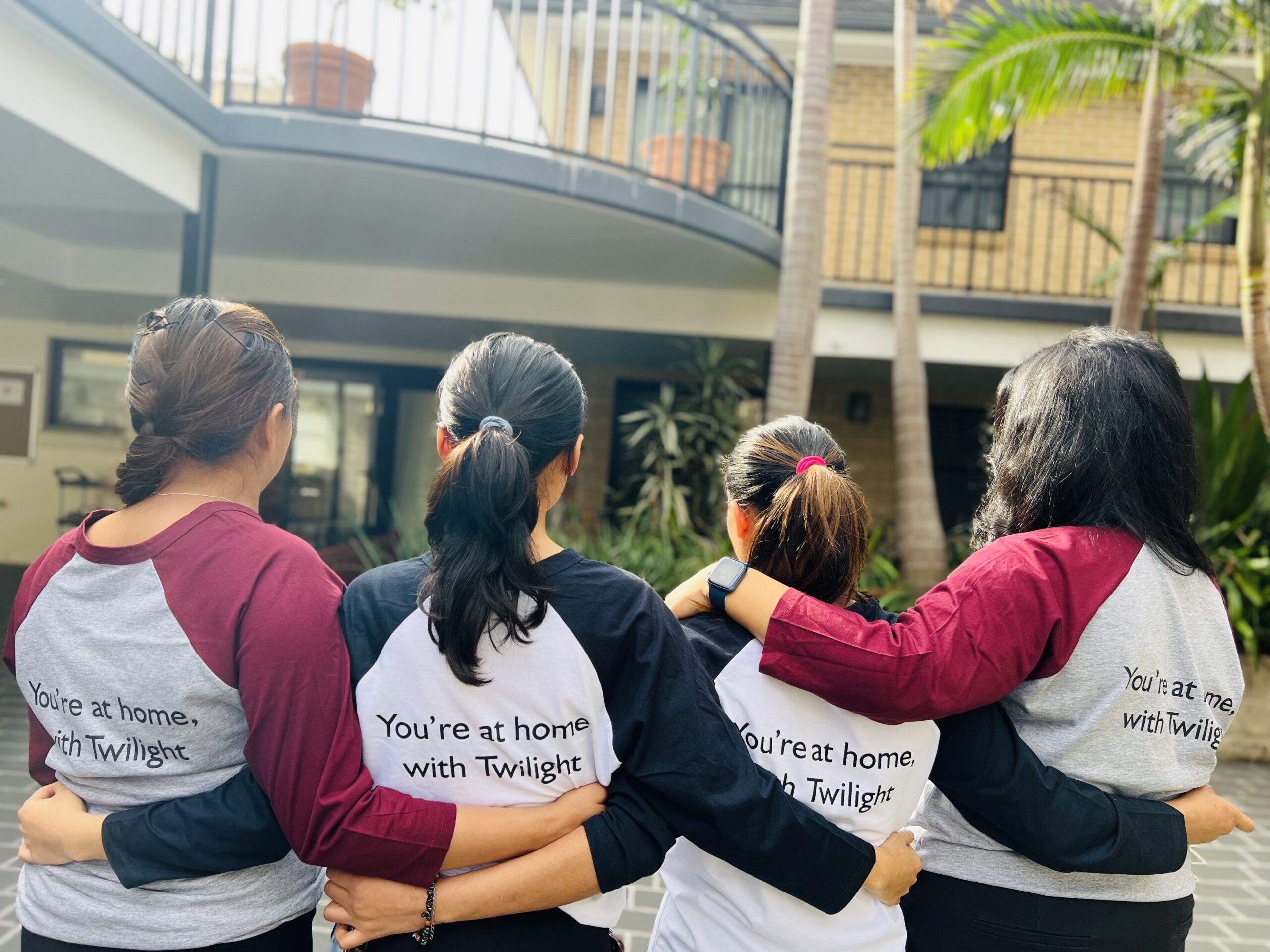
AGED CARE EMPLOYEES DAY 2023 “I’m so proud of how giving and kind our Twilight…
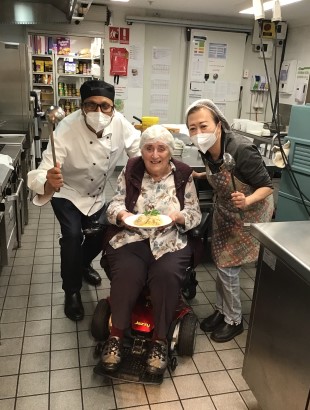
“FOOD BRINGS PEOPLE TOGETHER ON MANY DIFFERENT LEVELS. IT’S NOURISHMENT OF THE SOUL AND BODY;…
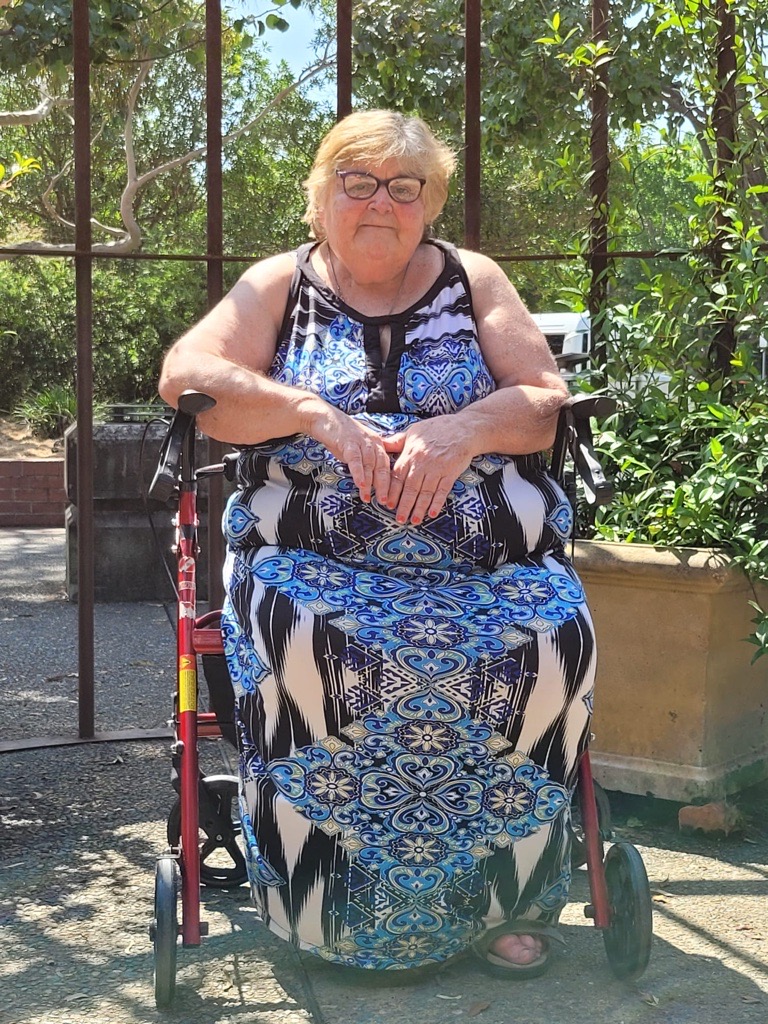
GETTING TO KNOW GLADES BAY GARDENS RESIDENT LIZ MATTHEWS AND HER LIFE STORY This week,…
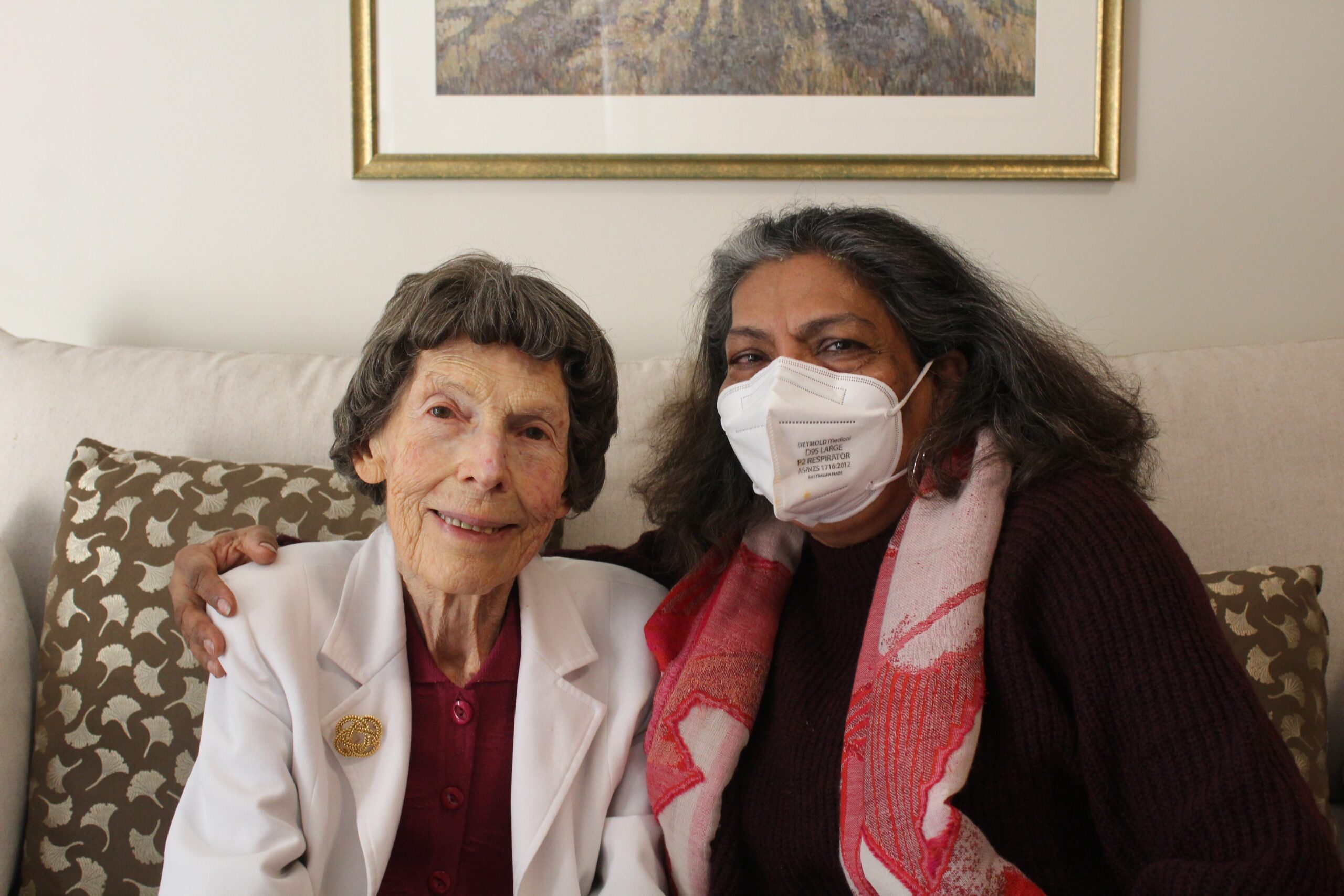
JOAN ON SADHNA SHAH “I met Sadhna when I first moved into the home. I…
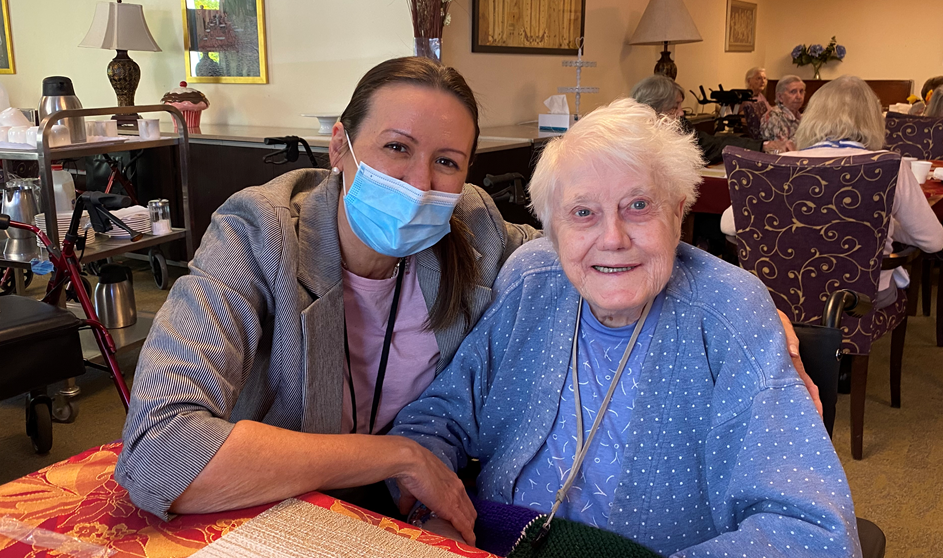
MY TWILIGHT TALE: LISA VALE Lisa Vale is currently acting as Twilight’s Lifestyle and Volunteer…

TWILIGHT NAMED NSW/ACT ORGANISATION AWARD WINNER AT LASA AWARDS Twilight Aged Care is excited to…
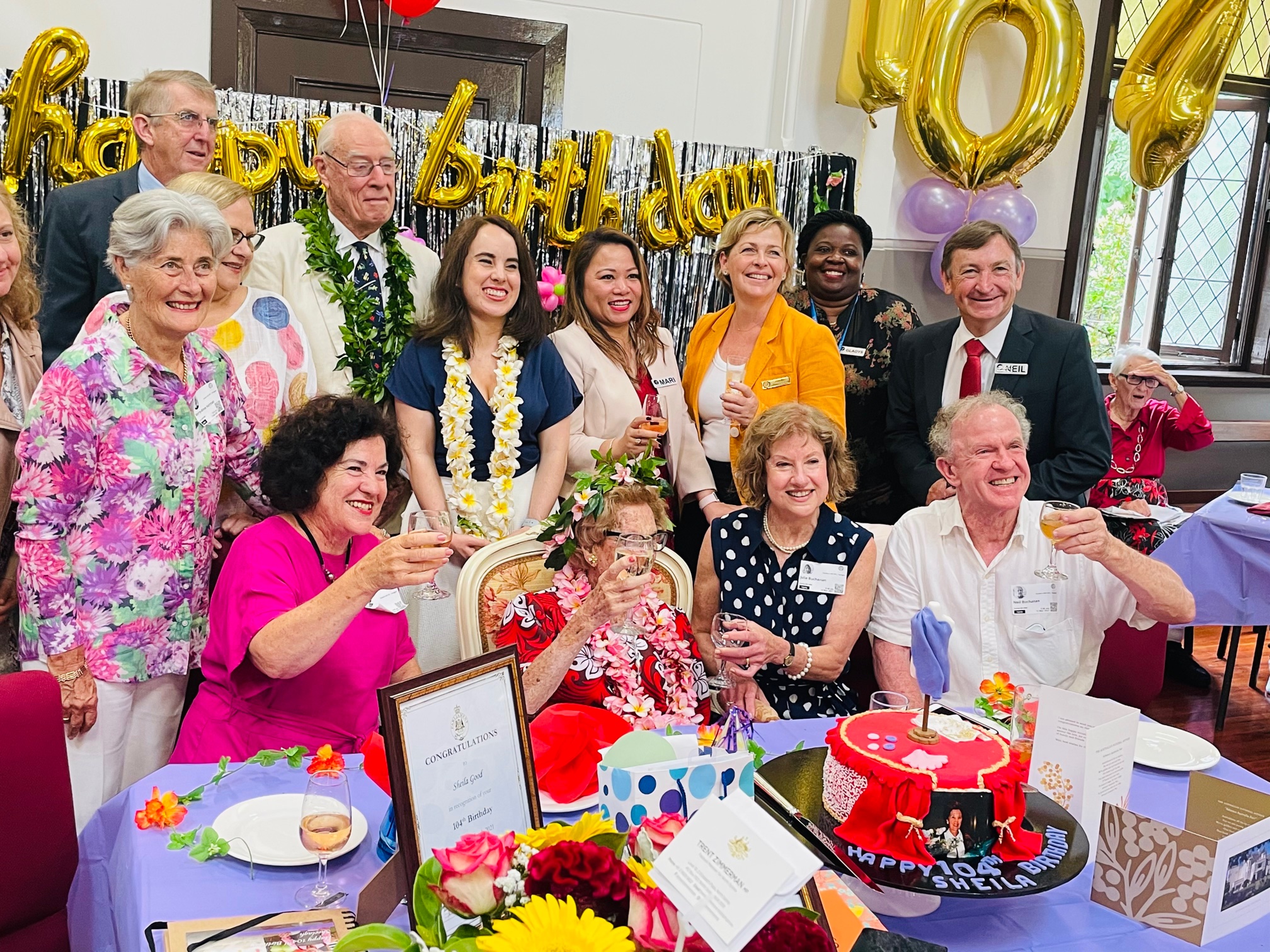
HUNTERS HILL VILLAGE RESIDENT SHEELAGH CELEBRATES A HAPPY 104TH BIRTHDAY Hunters Hill Village was full…